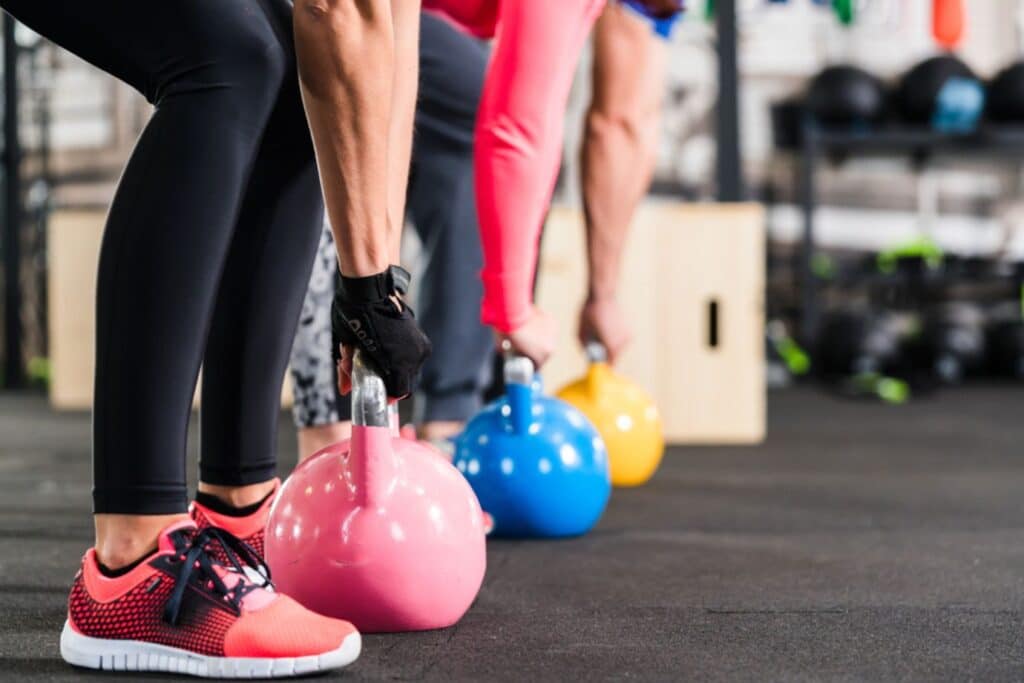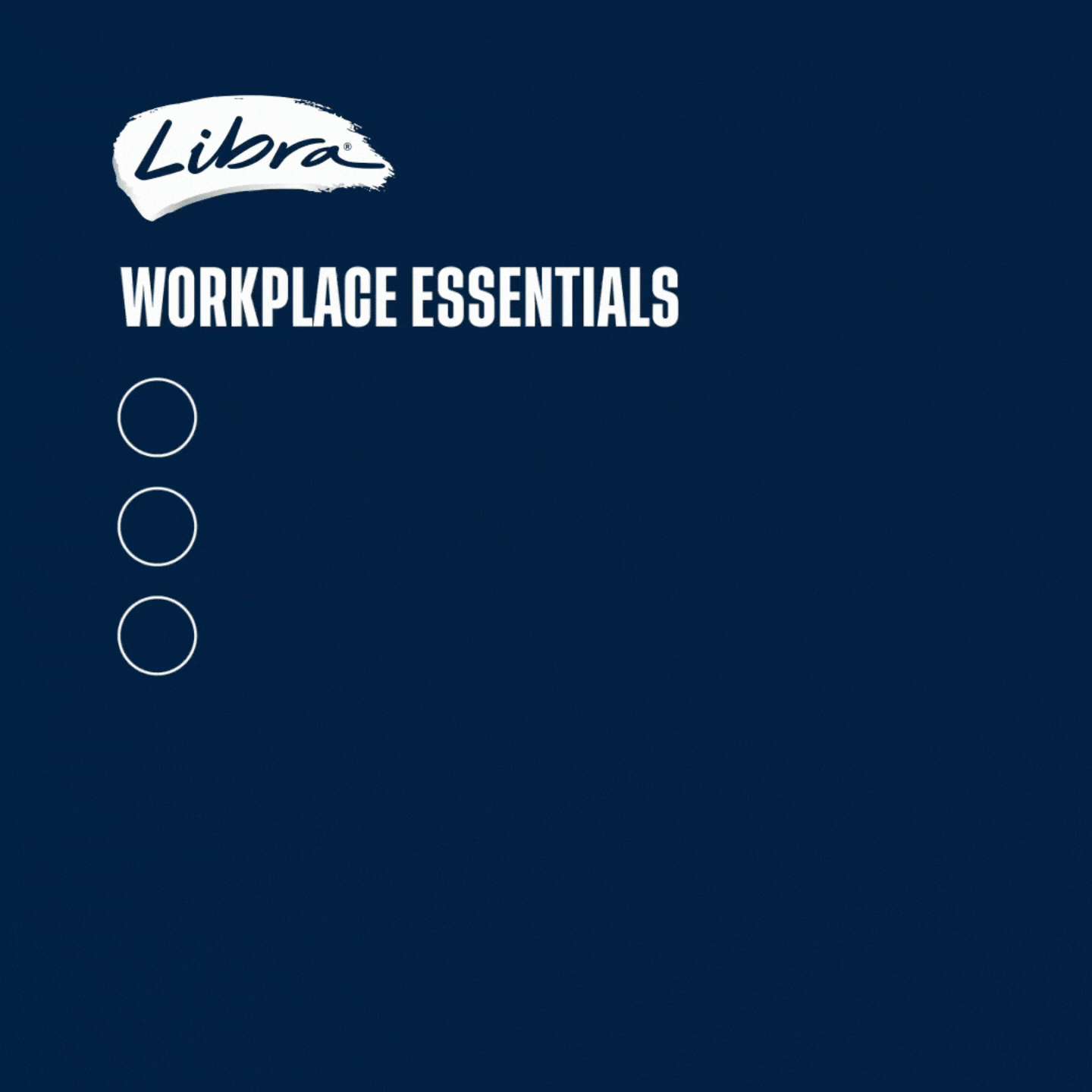More than half of women don’t exercise as much as they want to despite positive correlations between exercise and women’s mental health.
Sports brand ASICS commissioned the largest global study to date on the gender exercise gap, surveying more than 25,000 people in 40 different countries. The results found an alarming disparity between women’s and men’s access to exercise.
Lead researchers Dr Dee Dlugonski from the University of Kentucky and Associate Professor Brendon Stubbs from King’s College London found women who exercise regularly have better mental health than those who don’t.
These women are, according to the research’s findings, 52 per cent happier, 50 per cent more energised, 48 per cent more confident, 67 per cent less stressed and 80 per cent less frustrated.
However, what the researchers also found were the barriers preventing more than half of the women from exercising as much as they would like to.
These barriers included time pressures (74 per cent), low self-confidence (35 per cent), intimidating environments (44 per cent) and not feeling sporty enough (42 per cent). Nearly two thirds (61 per cent) of mothers said motherhood was the main reason that stopped them from doing regular physical activity.
Dr Dlugonski, Assistant Professor at the University of Kentucky’s Sports Medicine Research Institute, said this exercise gap “did not develop overnight”.
“Given it has no sole cause, it will not be solved with one single solution, but when asked what could help, women noted that making movement more accessible, inclusive and recognised in all forms, while challenging society’s gendered expectations, would support them in moving more,” she said.
Dr Dlugonski suggested some ways to close the gender exercise gap and make exercise “centred around women and their needs” – including providing childcare, fitting around work schedules, being fun, affordable, safe, welcoming and judgement free.
“All these solutions, while small, can have a significant impact and our study uncovered thousands of individuals and organisations around the world who are already driving change,” Dr Dlugonski said.
Men’s perceptions
The researchers also surveyed men for their perspectives on the gender exercise gap. What they found was men were largely out of touch with exactly what it is that is stopping women from accessing regular exercise.
Although nearly three quarters of women (74 per cent) said time pressures were the biggest barriers to regular physical activity, only a third of men (34 per cent) recognised lack of time as an obstacle for women.
In fact, only one of the top five responses for men’s perceptions on exercise barriers for women also featured in women’s list of barriers – this was the cost of exercise.
In the survey, 58 per cent of men believed women’s body insecurities were the primary reason women don’t exercise as much as they would like to.
How helpful is exercise for women?
ASICS’s researchers asked those surveyed why they wanted to exercise. The overwhelming response from women is they want to exercise not only for their physical health (96 per cent), but also for their mental health (92 per cent). These responses were much higher than those who said they exercise for aesthetics.
Last week, a study in the US revealed just how beneficial exercise can be for women – in many cases, more so than men.
The research found women need to exercise only half as much as men to reach the same level of health.
Researchers found men who exercised five hours each week had an 18 per cent lower risk of dying compared to inactive men, while women needed only 140 minutes (2 hours and 20 minutes) of weekly exercise to see a similar benefit.
For women, just one weekly strength-training session was linked to just as much health and longevity benefits as three weekly workouts for men.


